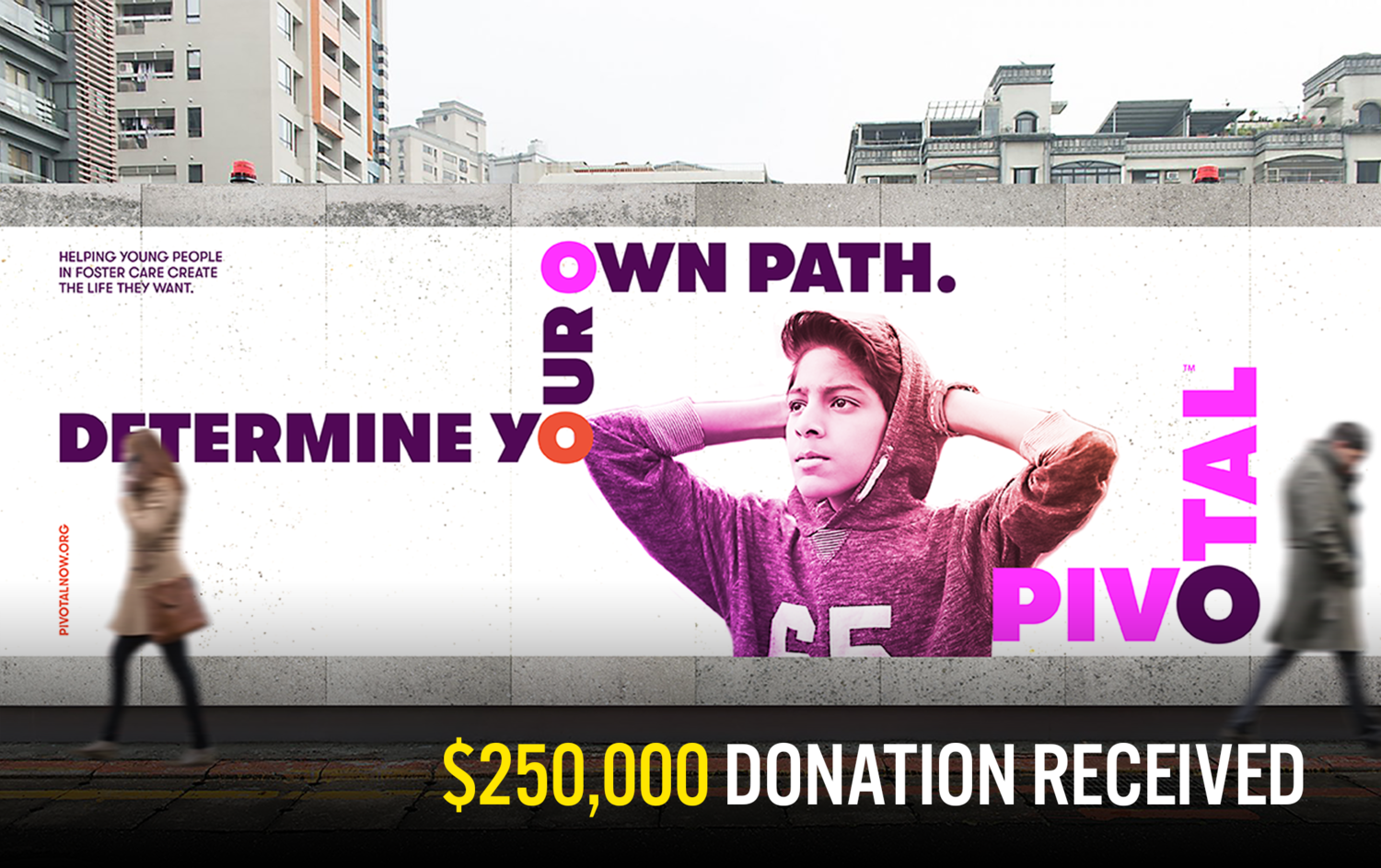Why SEO is not your digital strategy.
Website Optimization for Nonprofits Starts with Measurement
Over the past five years, I've helped launch, optimize, tweak and tinker with dozens of websites around the globe. I've had the privilege of working with talented creatives, developers, and strategists to build websites, both large and small, across the spectrum of industries and verticals.
Of all the projects I work on, nonprofit websites are always my favorite because they are uniquely challenging in the digital space and also fully satisfying to see come to fruition.
Here's why they're unique in the digital world:
Nonprofit websites rarely sell widgets, so most e-commerce strategies go out the window.
Many nonprofits depend on their websites to work harder than typical for-profit sites because they don't have an active sales team or marketing department. Instead, they have dedicated employees and volunteers who are fully invested in the cause at hand, not it's selling.
Most nonprofits are trying to speak to two different audiences at once - those they serve and those that donate—tricky tricky.
Most nonprofits offer services that are customized to specific needs and often difficult to distill down into CTA-sized soundbites.
Sound familiar? Excellent. Now what? Here's what I've learned when it comes to nonprofit websites.
Search Engine Optimization should not be first.
Yes, I know you want to raise awareness, bring in more donors and increase your impact, but search alone will not do this—more on this in a moment. No matter what the internet says about SEO, I firmly believe that if you can't track what's actually happening on your website, then it won't matter how your SEO works.
Instead, start with measurement. Here are some things to consider:
How are you measuring your goals? Have you defined these goals? (I'm talking about website goals here - contact form submissions, donations, social shares, etc.)
Are you tracking donations? Do you know where these people come from (not just who they are in your database)?
How are you reporting on your website? Does it fit into a larger organizational reporting structure or plan?
I can't tell you how many times I've set up analytics on nonprofit websites where there was nothing before. At the very least, you should have Google Analytics on your site with some basic best practices in place, like excluding internal traffic (when it makes sense), event tracking on critical clicks, and conversion goals set up to track your highest priority goals. Most donation integrations (Donorbox, Blackbaud, Salesforce, Give Lively, Qgiv, to name a few) have e-commerce integrations that are simple to set up (some easier than others—I'm looking at you sideways Blackbaud. Online express for how difficult you make it).
Once you have a measurement in place, you can make smarter creative decisions.
At Good Stuff Partners, website creative projects are fueled by analytics data.
We explore what's working, how the current site performs, who's coming to the site, and how. All of this helps us visualize a new website experience that not only looks beautiful but also accomplishes the goals of the organization. See how this strategy worked for our client, Pivotal, in driving a huge donation.
In April 2021, they were one of two foster youth organizations that received a $250,000 donation from #StartSmall, Jack Dorsey’s philanthropic initiative.


